|
|
|
Sathyanand Mohan
|
|
|
|
|
|
|
|
|
Afterimages
The three artists who have been
brought together in this section titled Afterimages —
Baiju Parthan, T.V. Santhosh and Shibu Natesan — are all figures
who were instrumental in re-orienting painting away from the
largely narrative focus that it had had until then in India,
towards the question of an ontology of the image itself. They
were among a number of artists in the 1990s who grappled with
the novel representational challenges posed by photography as
well as the electronic and the digital image, in the context of
a life-world increasingly saturated with media images. They
sought to do this by critically addressing the image in its
contexts of circulation and dissemination, and by translating
the processing artifacts of digital transmission and their
idiosyncrasies of resolution and noise into the privileged
medium of painting. Nancy Adajania refers to these aesthetic
concerns collectively as ‘Mediatic Realism’, and situates it in
the historical context of the increasing mediatization of the
life-world in the 1990s, at a time when the global
telecommunications industries established a dominant presence on
the Indian subcontinent for the first time. In Afterimages,
I identify correlations and divergences among the work of these
three artists, and examine their current practice in the light
of this history.
Shibu Natesan’s
work from the 1990s
constitutes one of the earliest attempts in the country to steer
painting towards a consideration of the questions opened up by
the mediated image in the twentieth century, with photography in
particular playing a prominent role in his oeuvre. Natesan’s
practice can be understood in relation to a long history of
painting in the twentieth century which sought to respond to the
ruptures brought about by photography (and later cinema and the
electronic and digital image), and the severing of the mimetic
function that it primarily had until then. However, over the
last decade or so, Natesan’s work has come full circle, and has
gravitated towards a painterly approach where the emphasis is on
a more direct, unmediated relationship to the referent, which he
accomplishes by making the lost art of painting from life (plein
air) a central component of his practice. Coupled with the
alla prima (or wet on wet) technique which
requires that the artist finish the work in a single sitting,
Natesan’s paintings may be understood as a performative staging
of the phenomenological apprehension of what Merleau-Ponty
called the “flesh of the world”, which necessitates this
particular technique and the relatively modest scale of the
work. In the telegraphic economy of the language of painterly
gesture which Natesan employs, he registers this
phenomenological grasping of the fleeting contingency of the
world in its immediacy. At the same time, these works are
already mediated by the history of painting itself, which is
reflexively indicated in them in the attention given to the
space of the studio and the objects in it, which make up an
inventory of the everyday working life of an artist, such as
easels, stretchers, palettes, canvases, books. Natesan’s work
comprises a return to a genre which has had a central (if
largely forgotten) history, and which sought to turn painting
away from the problems of mimesis towards the question of the
embodied apperception of our being in the world.
T.V. Santhosh’s
enduring preoccupation
in his work is, as he puts it, the complex riddle that is
History, and our predilection for “so much hatred, chaos and
violence.” Until recently, his paintings were largely defined by
an engagement with the interpellative effects of the electronic
image in everyday life, due to the increasing presence of
televisual media in particular in our lives since the last few
decades. His paintings attempted to critically address the
distance between the reality of endemic social and political
violence and its reification in the circuits of electronic
mediation, through a process in which he literally inverted
image-fragments derived from the technosphere so that its
relationship to the referent was further attenuated. Such
interventions force the viewer to engage in the hermeneutic
labor of deciphering the image, through which a critical
relationship to it is re-established. In more recent work, he
has returned to the allegorical mode that he had explored early
in his career in drawings, watercolors and sculptures. The
paintings exhibited here might be seen as a synthesis of these
two distinct aspects of his practice. While found imagery was
the source of earlier work, in the paintings exhibited here,
Santhosh makes use of staged photographs in order to anchor a
visual idiom that makes extensive use of iconographic symbolism
in the verisimilitude that photography makes possible. The works
expand upon his abiding concern with the spiraling cycles of
violence and war which have marked human history for almost as
long as it has been in existence, and which continues into the
present. In the paintings exhibited here, Santhosh amplifies
these considerations through the use of text printed on scrolls,
which tangle and unfurl against a background of motifs derived
from nature. He thereby situates the interlinked chains of
violence and death which, in his opinion, constitute history —
here allegorically represented through the death rites of a
figure in a gas mask as well as the ticking counter set to its
ominous countdown — against the cyclical processes of decay and
regeneration in the natural world. This ambiguous figuring of
the relationship between History and Nature gives these
paintings their unsettling power.
Baiju Parthan’s
work is also
distinguished by a longstanding interest in the creative
possibilities of allegory as an artistic device. Like T.V.
Santhosh and Shibu Natesan, Parthan’s work has been devoted to a
patient excavation of the hyper-mediated landscape that we find
ourselves in today, as well as the ways in which it reframes
normative assumptions about knowledge, experience and
consciousness. An engagement with the many dimensions of the
Virtual — as an aesthetic corollary of digital media, but also
in its philosophical sense, as a metaphysical correlate of the
Real — has long been central to Parthan’s practice. One
direction that this concern takes in his oeuvre, is in terms of
a querying of the invisible architectures which underlie and
shape sense perception and bodily affect, and their interactions
through which the manifest world is experienced and
comprehended. We could say that Parthan conceives of the picture
plane itself as a virtual field, as a space of teeming
potentiality where these occulted forms and their interactions
can be explored or posited in a playful manner. To do this, he
draws upon a wide range of source material — from images and
tropes circulating in the landscape of digital communication and
interaction, to pictorial elements drawn from mathematics, art
history, tarot and semantics. In Twin Paradox for
example, Parthan cites medieval illuminated manuscripts,
alchemical diagrams, as well as the engravings of William Blake
in order to stage an imagined encounter with the technological
singularity, i.e. the moment when artificial intelligence will
gain sentience. The twin paradox is a thought experiment in
special relativity which imagines the interlinked fate of a pair
of twins; the twin that travels to a distant star system upon
returning discovers that the twin who had stayed behind has aged
more. The twins here represent the antinomies within which we
all live today, and represent the confrontation (as well as
symbiotic coexistence) between natural processes on the one
hand, and the iterative algorithmic logics of machine
intelligence, on the other. Parthan’s use of the Fool /
Trickster archetype from the major arcana of the Tarot is used
here to invoke a metaphorical representation of, in his words,
“the approaching singularity where human intelligence will have
to confront its twin, the more than equal Artificial
Intelligence.”
Sathyanand Mohan
Faculty,
Srishti-Manipal Institute of Art, Design and Technology
Bangalore
© Author and The Guild
|
|
|
|
|
Shibu Natesan
|
|
|
|
|
|
|
|
|
|
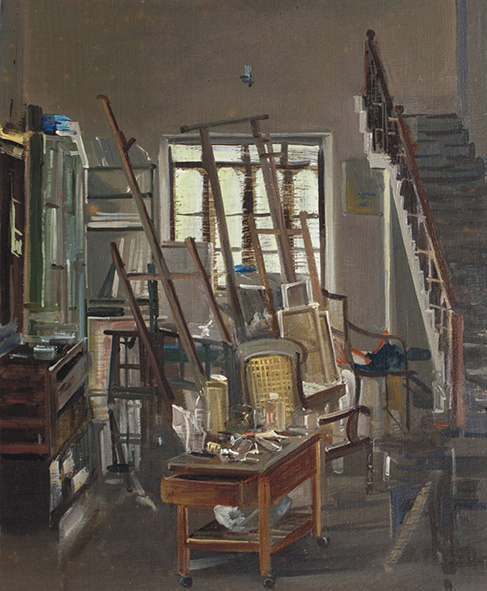 |
|
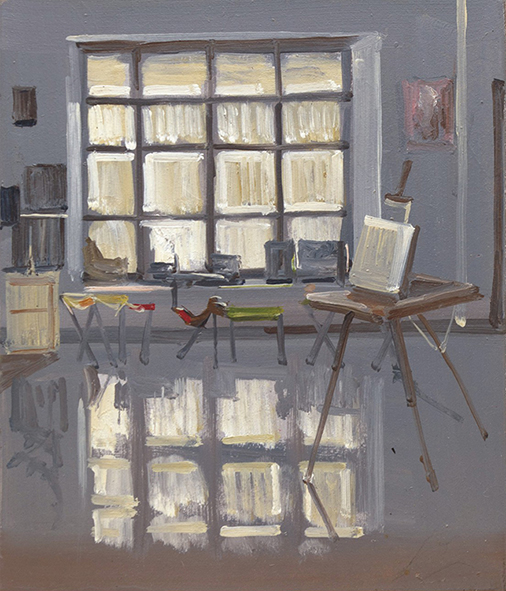 |
|
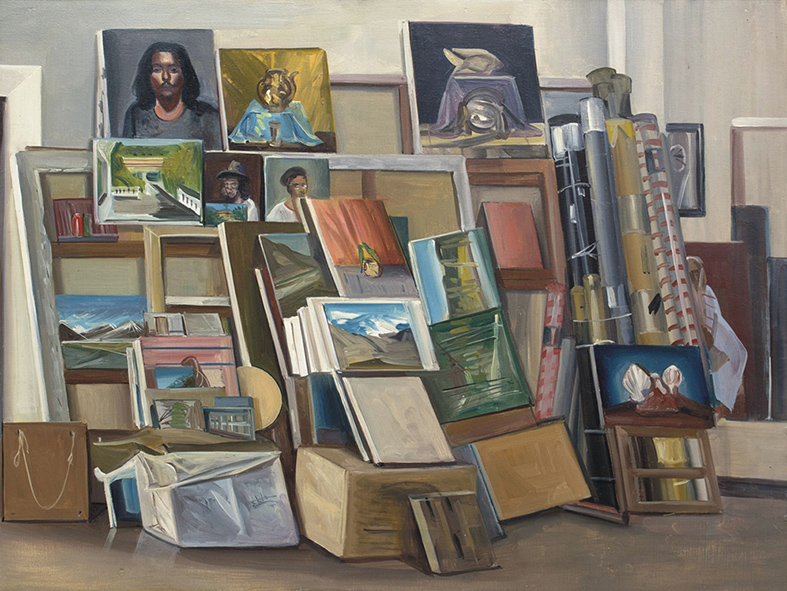 |
|
|
|
|
|
Artist's Studio, Trivandrum, Attingal,
2020, Oil on panel, 12 x 10 inches |
|
Artist's Studio, 2020,
Oil on panel, 7 x 6 inches |
|
Untitled, 2018,
Oil on panel, 14 x 19 inches |
|
|
|
|
|
|
|
|
|
|
|
|
|
|
|
|
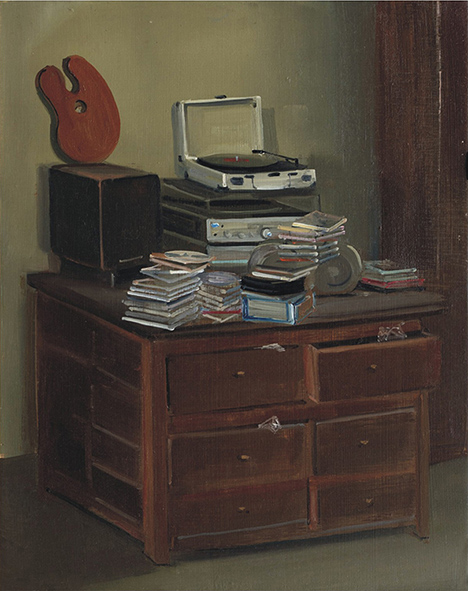 |
|
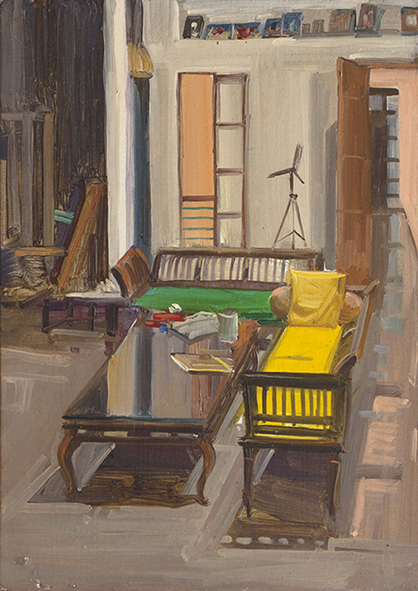 |
|
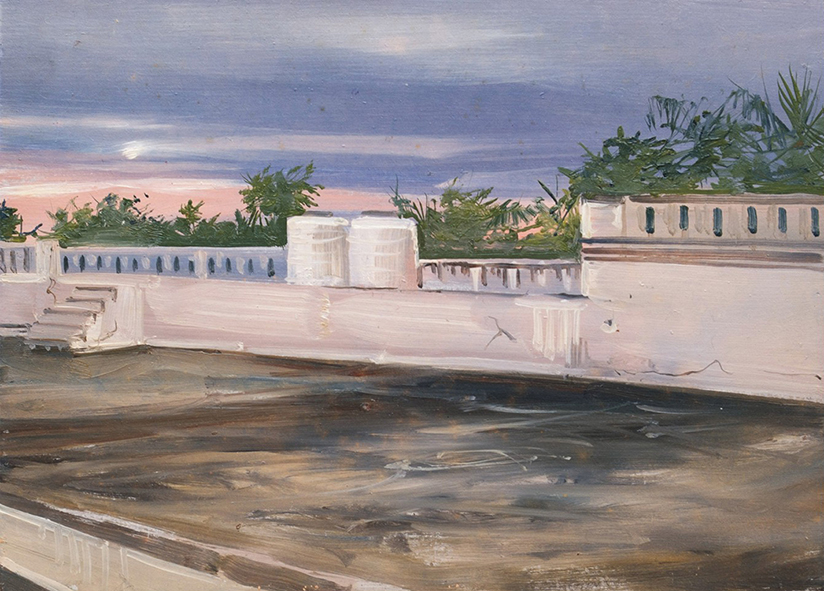 |
|
|
|
|
|
Music System Artist's Home, 2021,
Oil on panel, 11.75 x 9.4 inches |
|
Untitled, 2020,
Oil on panel, 9.4 x 7 inches |
|
Terrace Artist's Home, Attingal Kerala,
2019, Oil on panel, 7 x 9.5 inches |
|
|
|
|
|
|
|
|
|
|
|
|
|
|
|
|
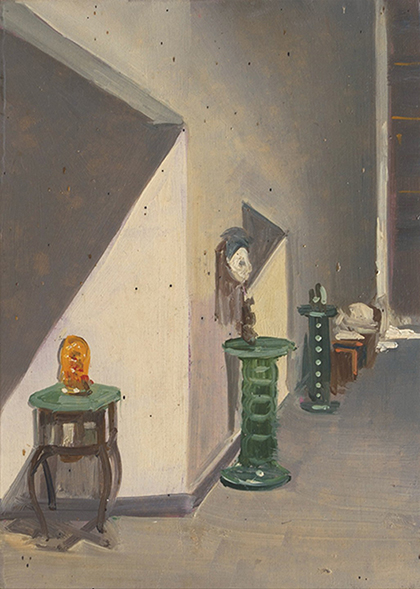 |
|
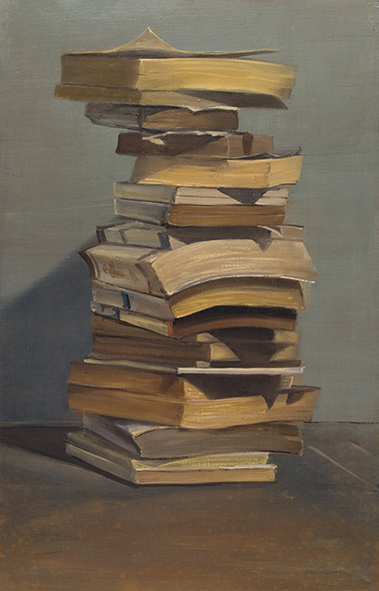 |
|
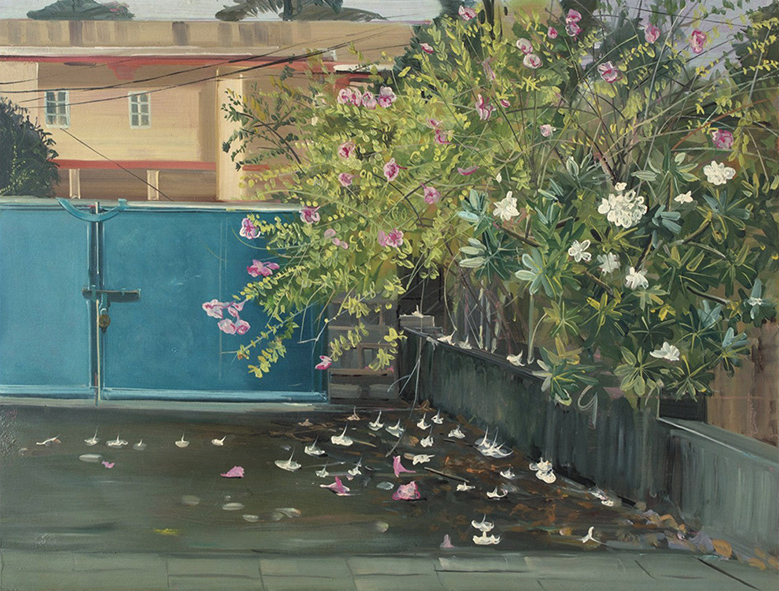 |
|
|
|
|
|
Artist's Studio, Attingal, 2020,
Oil on panel, 7 x 5 inches |
|
Untitled, 22/07/2021,
Oil on panel, 22 x 13 inches |
|
Gate - 8 Artist's Home, 2018,
Oil on panel, 14 x 19 inches |
|
|
|
|
|
|
|
|
|
|
|
|
|
|
|
|
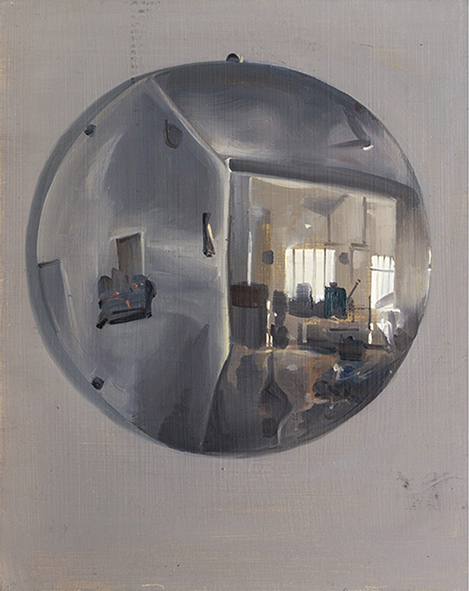 |
|
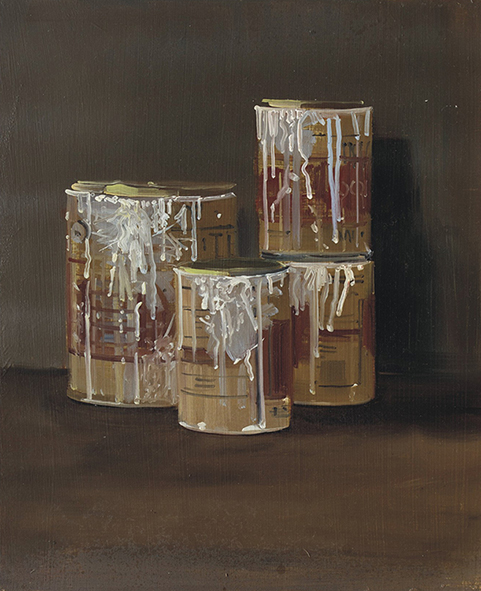 |
|
 |
|
|
|
|
|
Untitled, 2022,
Oil on panel, 12 x 9.6 inches |
|
Paint Tins, 2021,
Oil on panel, 12 x 10 inches |
|
Untitled, 2022,
Oil on panel, 11.8 x 9.5 inches |
|
|
|
|
|
|
|
|
|
|
|
|
|
|
|
|
T. V. Santhosh |
|
|
|
|
|
|
|
|
|
|
|
|
|
|
|
|
|
|
|
|
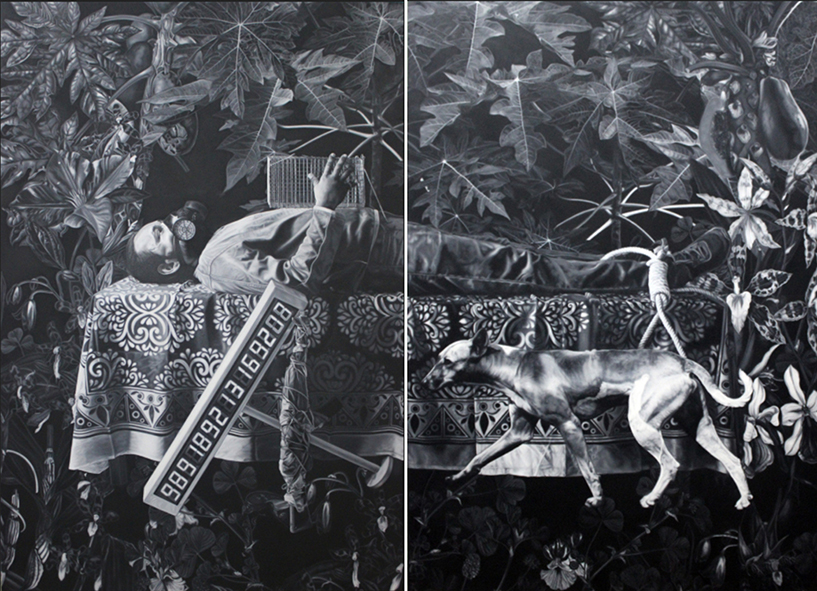 |
|
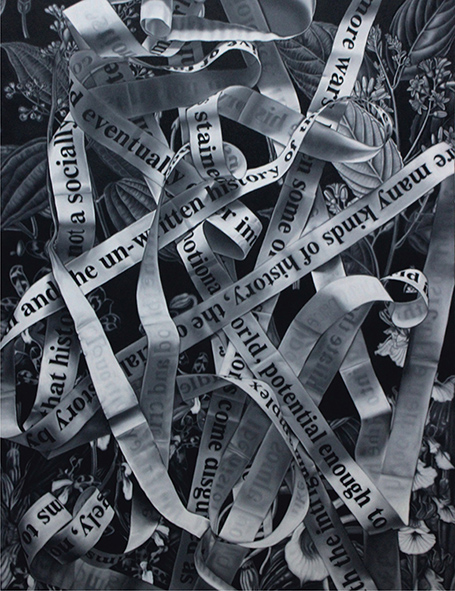 |
|
|
|
|
|
|
|
The Protagonist and his Empty Rat Trap - II,
2022, oil on canvas, 72 x 96 inches (diptych) |
|
Jumbled Monologue - II,
2022, oil on canvas, 48 x 36 inches |
|
|
|
|
|
|
|
|
|
|
|
|
|
|
|
|
|
|
|
Baiju Parthan |
|
|
|
|
|
|
|
|
|
|
|
|
|
|
|
|
|
|
|
|
 |
|
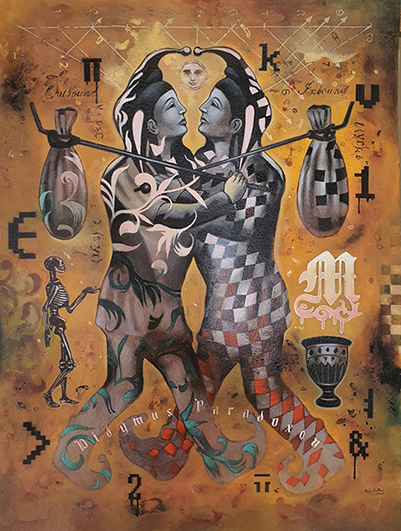 |
|
|
|
|
|
|
|
Mystery and Knowledge,
(Mysterium Et Scientia), 2022
Acrylic on Canson paper,
40 x 30 inches |
|
Twin Paradox,
(Didymus Paradoxon), 2022
Acrylic on Canson paper,
40 x 30 inches |
|
|
|
|
|
|
|
|
|
|
|
|
|
|
|
|
|
|
|
|
|
|
|
|
|
|
|
|
|
|
|
|
|
|
|
|
|
|
|
|
|
|
|
|
|
|
|
|
|
|
![]()